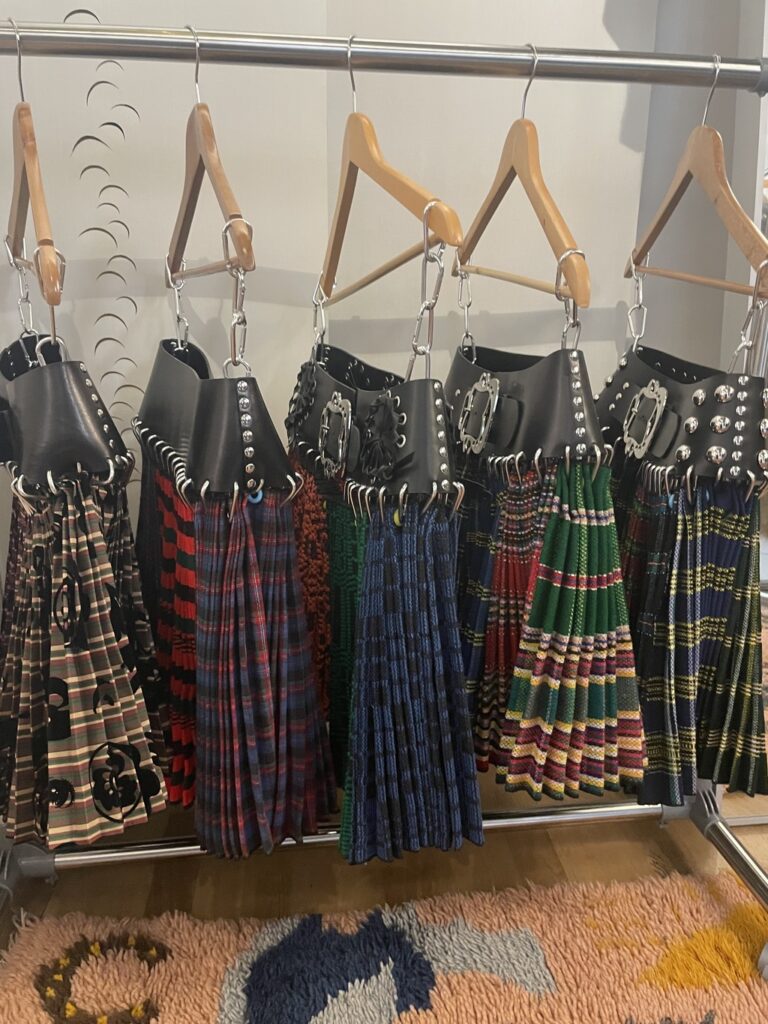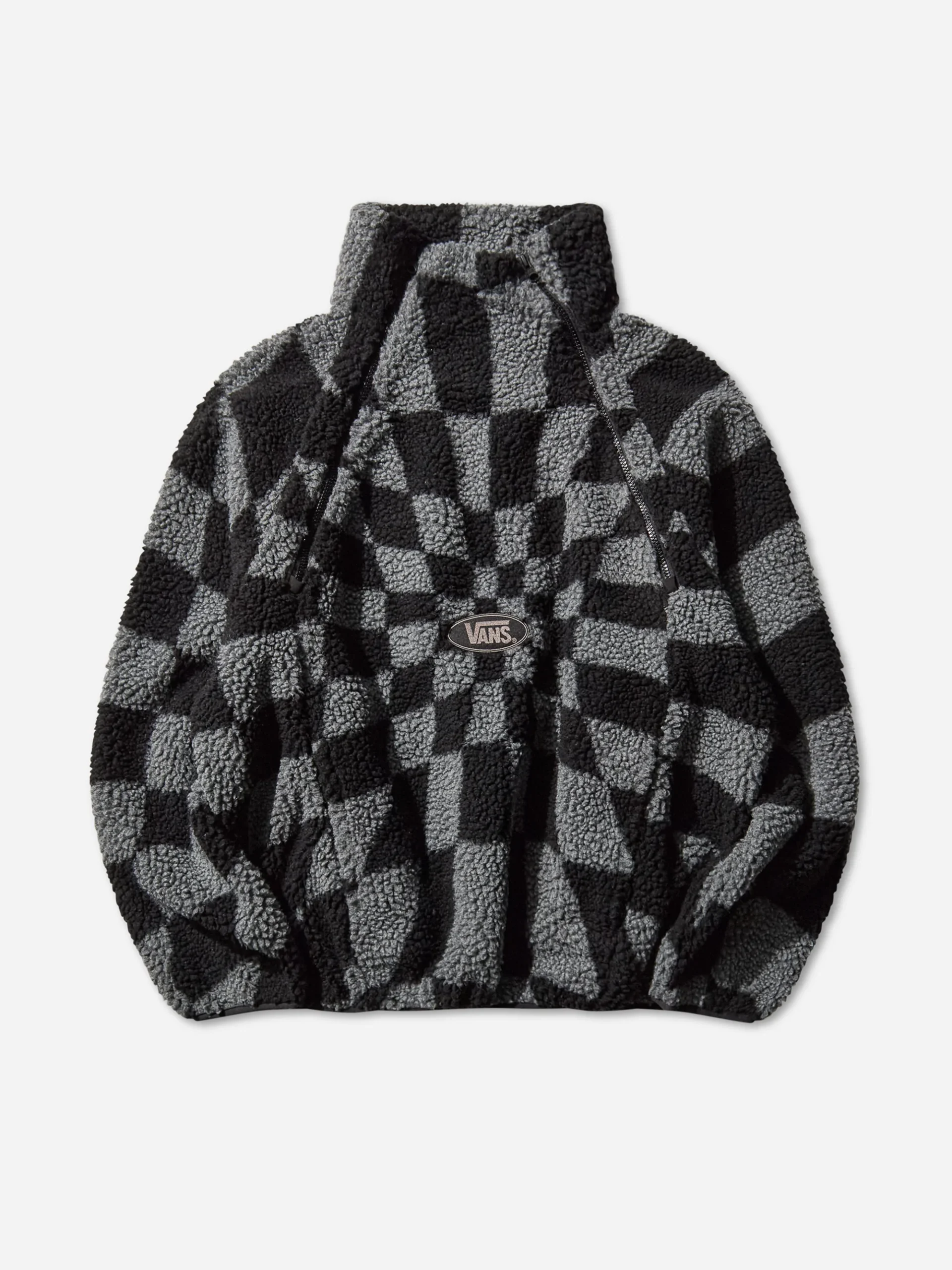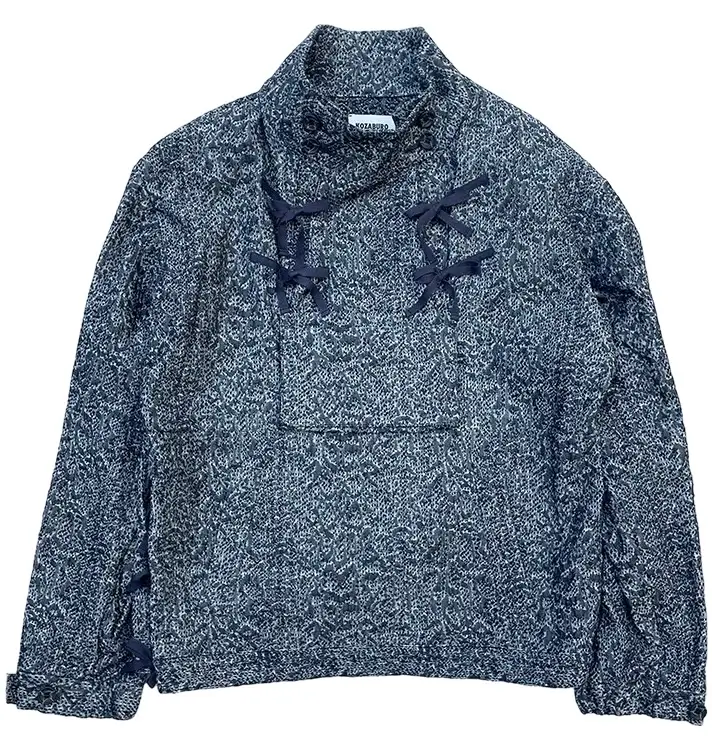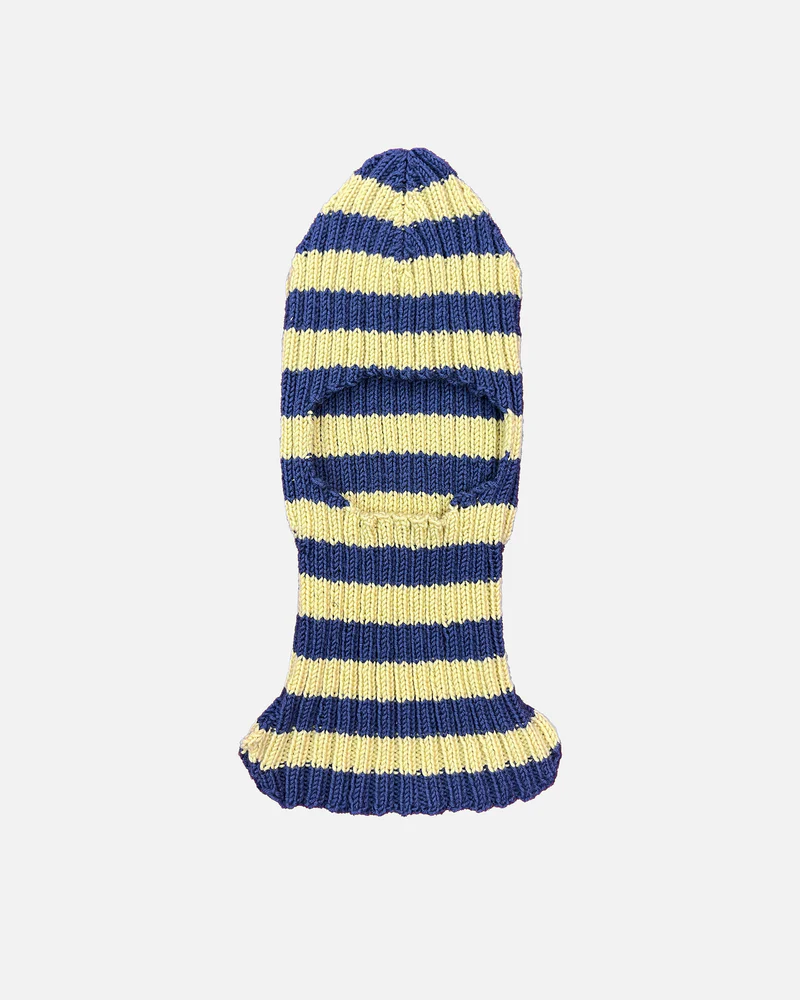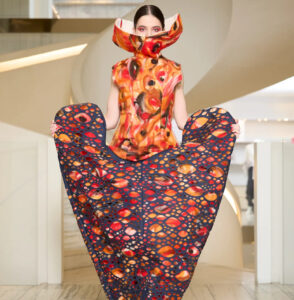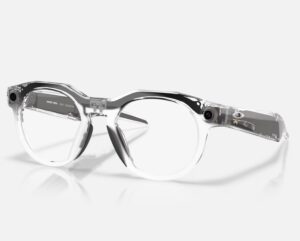The Chopova Lowena pleated skirt has emerged as a cultural icon in contemporary fashion, blending traditional craftsmanship with a rebellious, avant-garde aesthetic. Its transition into the realm of digital fashion marks a fascinating intersection of heritage, innovation, and critique.
The Essence of the Chopova Skirt: Craftsmanship and RebellionChopova Lowena, the British label founded by Emma Chopova and Laura Lowena, has become synonymous with a unique fusion of folklore-inspired designs and punk sensibilities. The pleated skirt, one of its signature pieces, is a testament to this duality. Crafted from upcycled fabrics, often sourced from vintage textiles or repurposed materials, the skirt embodies a commitment to sustainability and artisanal craftsmanship.
Its voluminous silhouette, bold patterns, and intricate pleating techniques evoke a sense of nostalgia while challenging conventional fashion norms.The skirt’s rebellious spirit lies in its ability to disrupt traditional aesthetics. It is not merely a garment but a statement—a rejection of minimalism and conformity in favor of maximalism and individuality. This ethos resonates deeply with the digital fashion movement, which thrives on pushing boundaries and redefining the possibilities of self-expression.
Digital Fashion
A New Frontier Digital fashion, a burgeoning field at the intersection of technology and style, has transformed how we perceive and interact with clothing. Unlike traditional fashion, which is bound by physical constraints, digital fashion exists in virtual spaces, allowing for limitless creativity and experimentation. Garments can be rendered in exaggerated proportions, animated with dynamic movements, or imbued with surreal textures and colors.
The Chopova skirt’s transition into digital fashion is emblematic of this shift. In virtual environments, the skirt’s pleats can be manipulated to create fluid, almost ethereal movements, enhancing its visual impact. Designers can experiment with unconventional materials, such as metallic or translucent fabrics, and incorporate interactive elements that respond to user inputs or environmental factors. This adaptability underscores the skirt’s versatility and its potential to evolve beyond its physical form.
Authenticity and Craftsmanship
One of the defining features of the Chopova skirt is its artisanal craftsmanship. Each piece is meticulously constructed, often by hand, using traditional techniques. In contrast, digital fashion relies on algorithms and rendering software, which, while innovative, lack the tactile, human touch of physical craftsmanship.Critics argue that the digital adaptation risks diluting the skirt’s authenticity.
The intricate pleats and upcycled fabrics that define the physical garment are reduced to pixels in the virtual realm, raising concerns about the loss of cultural and artisanal value. However, proponents counter that digital fashion offers a new form of craftsmanship, one that prioritizes creativity and technological innovation. The challenge lies in striking a balance between preserving the skirt’s heritage and embracing its digital potential.
Accessibility and Exclusivity
Digital fashion has the potential to democratize style by making avant-garde designs accessible to a wider audience. Unlike the physical Chopova skirt, which is often limited in availability and comes with a hefty price tag, its digital counterpart can be replicated and distributed at a lower cost.However, this accessibility is not without its challenges. The infrastructure required to create and experience digital fashion—high-performance computers, advanced software, and virtual reality platforms—remains inaccessible to many. Moreover, the intangible nature of digital garments raises questions about their value and longevity. Can a digital skirt, which exists only in virtual spaces, hold the same cultural significance as its physical counterpart?
Cultural Commodification
The Chopova skirt’s digital adaptation also highlights the commodification of culture in the fashion industry. The skirt’s design draws inspiration from Eastern European folklore, incorporating traditional patterns and motifs. While this cultural fusion is celebrated in the physical garment, its digital replication risks reducing these elements to mere aesthetics, divorced from their historical and cultural context.
Critics argue that digital fashion, with its emphasis on novelty and experimentation, often appropriates cultural symbols without acknowledging their origins. This raises ethical concerns about the exploitation of cultural heritage for commercial gain. To address these issues, designers must adopt a more inclusive and respectful approach, ensuring that the cultural significance of the Chopova skirt is preserved in its digital form.
The Broader Implications of Digital FashionThe Chopova skirt’s journey into digital fashion reflects broader cultural and technological shifts in the fashion industry.
Sustainability and Innovation
Digital fashion has been heralded as a sustainable alternative to traditional fashion, which is often criticized for its environmental impact. By eliminating the need for physical materials and production processes, digital garments reduce waste and carbon emissions. The Chopova skirt’s digital adaptation aligns with this ethos, offering a more eco-friendly way to experience its unique design. However, the sustainability of digital fashion is not without its challenges. The energy consumption associated with rendering and storing digital garments, as well as the electronic waste generated by outdated technology, must be addressed to ensure its long-term viability.
Redefining Self-Expression
Digital fashion has expanded the possibilities of self-expression, allowing individuals to experiment with styles that may be impractical or impossible in the physical world. The Chopova skirt’s bold, unconventional design is particularly well-suited to this medium, offering a platform for creativity and individuality.However, the intangible nature of digital fashion also raises questions about its impact on identity and self-perception.
Can a digital garment, which exists only in virtual spaces, truly reflect one’s personality and values? Or does it risk fostering a sense of detachment and superficiality
The Future of Fashion
The Chopova skirt’s digital adaptation is a microcosm of the broader evolution of the fashion industry. As technology continues to advance, the line between physical and digital fashion is becoming increasingly blurred. Virtual garments are being integrated into real-world experiences, such as social media and gaming, while physical garments are being enhanced with digital elements, such as augmented reality features. This convergence has the potential to revolutionize the way we create, consume, and interact with fashion. However, it also raises important questions about the role of tradition and craftsmanship in an increasingly digital world.
Impression
The Chopova Lowena pleated skirt’s transition into digital fashion is a testament to its enduring appeal and cultural significance. By merging traditional craftsmanship with cutting-edge technology, it offers a bold, innovative vision of the future of fashion.
However, this transition is not without its challenges. The digital adaptation raises important questions about authenticity, accessibility, and cultural commodification, highlighting the need for a more inclusive and sustainable approach.Ultimately, the Chopova skirt’s journey into digital fashion is a reflection of the broader evolution of the fashion industry—a dynamic interplay between tradition and innovation, craftsmanship and technology, rebellion and conformity.
As we navigate this new frontier, it is essential to preserve the values and heritage that define the Chopova skirt while embracing the limitless possibilities of the digital age.
No comments yet.

